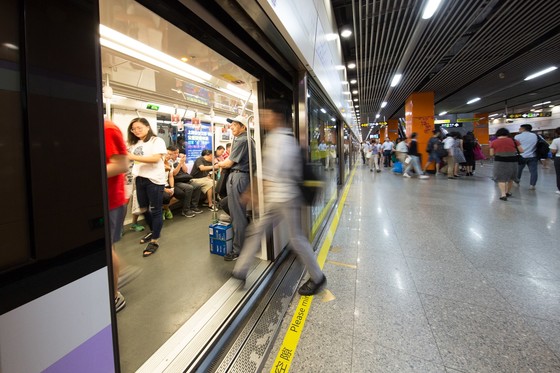
Rail automation made easy
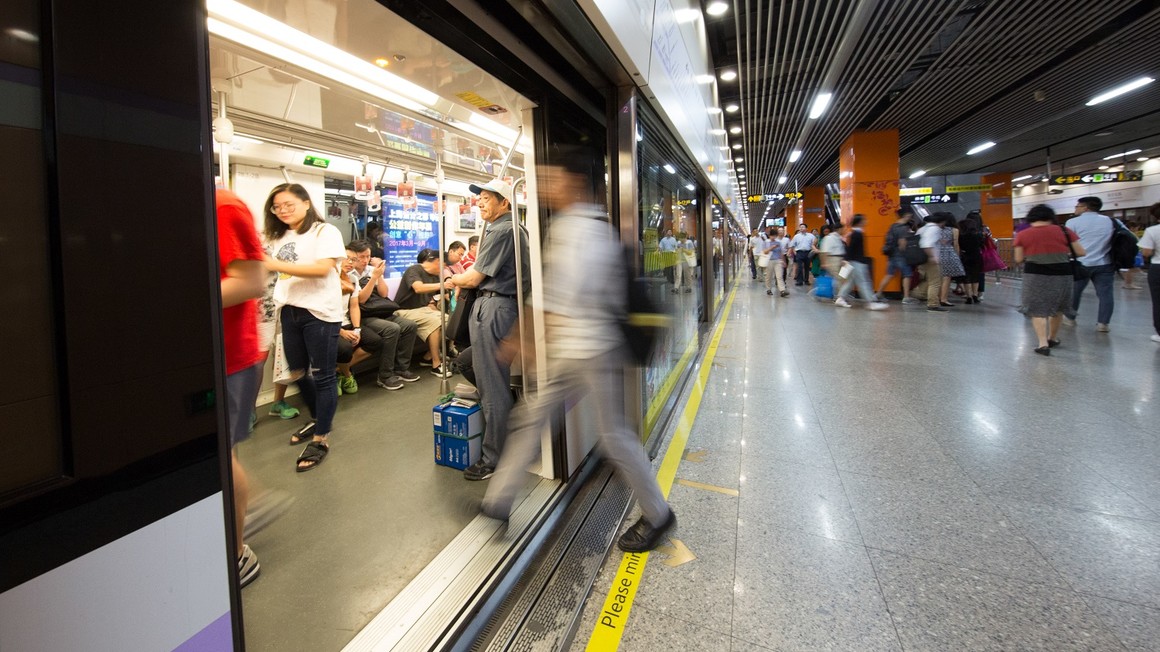
Automation is all the rage, but what about rail? How does Automatic Train Operation work, what is it and how does it make trains better? This article will have you speaking in Automatic Train Operation lingo in no time.
What is Automatic Train Operation?
Automatic Train Operation is basically a set of computerised systems that takes control over certain parts of a train. Its similar to an airplane being flown on autopilot. There is always a pilot present who can intervene and take control if required, but the basics are handled by the airplane’s onboard computers. Trains are different from planes of course, but it’s a good comparison.
Automatic Train Operation works with an existing system called Automatic Train Protection (ATP). ATP is like a safety system that limits how fast the train can go and even automatically apply the brakes if something isn’t right. Automatic Train Operation builds upon this automated safety system but takes it to a whole new level.
Ok great. But what’s the point of automating trains when we already have drivers?
The short answer is that Automatic Train Operation automates smaller tasks like opening and closing doors so train drivers can focus on other responsibilities.
But what’s more important is that, when it comes to certain things, computers and machines are simply more accurate and reliable than humans. We know that humans can do math, but if you want to accurately
calculate huge numbers over and over, a calculator will always be faster and more reliable and accurate than a human.
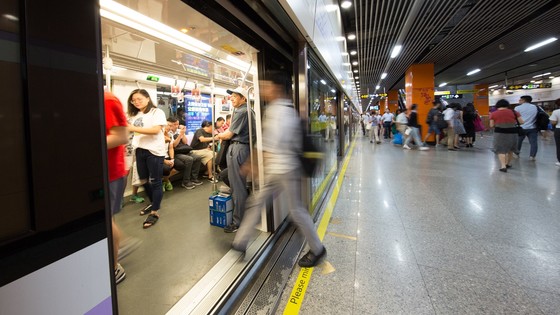
Increasing transport capacity with Automatic Train Operation
Automation really comes into play when we want to increase transport capacity to help move more and more people. Population is growing everywhere, and cities are getting more and more crowded. But its not so easy to increase capacity by just adding trains or building new lines. On one hand its expensive to keep buying trains and building lines and on the other hand, there is a point where you just can’t increase a line’s capacity anymore without changing something.
Think of filling a bottle with a funnel. The water is people, the funnel is the trains and the hole in the bottom of the funnel is the tracks, and you want to get more water into the bottle. But if you try increasing the amount of water going into the funnel, at some point it just flows over the sides. You can get a bigger funnel, one that will hold more water but the water won’t flow into your bottle any faster because you are limited by the opening at the bottom where all the water has to pass.
So, you could say that Automatic Train Operation widens the opening at the bottom of the funnel, letting more water pass through the funnel faster. Because it’s all automated like a calculator, our latest digital automation technologies enable a single station to handle one train every 90 seconds. A human can do a lot of things, but they just can’t reliably make those precise calculations over and over with the same efficiency and accuracy.
That’s why Automatic Train Operation matters, it enables us to bring the rail lines we already have to their full capacity. It’s the best, and often only, way to get more people to their destination using our existing infrastructure. Of course, you could build more tracks, but that’s expensive and not sustainable. We call that ‘signalling instead of concrete’.
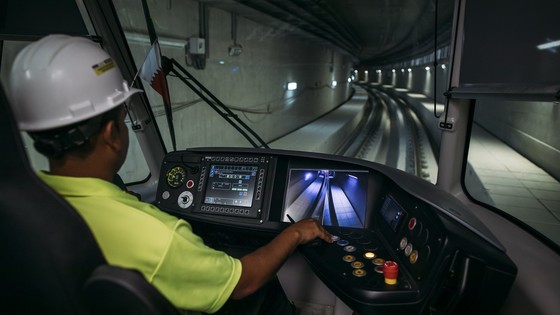
Ok, seems simple, so why don’t we just use Automatic Train Operation everywhere?
Well, we have. Metro systems like the one in your city have been automated since the 1960s. At Alstom, we have delivered 12 of these automated rail systems for the busiest airports. These are called closed systems. They operate on their own track and don’t have to share with other vehicles like cars or trains. They have safety doors at the stops, to keep people from falling into the gap between the track and train and the trains just go back and forth like an elevator. Easy.
The challenge we are working on today, is how to apply the automation we use in metros to make large mainline trains like the ones you take from city to city autonomous.
What’s the difference between an automated train and autonomous train?
The difference lies in the level of mechanization. Automated means that computer systems only control
certain aspects of the train. For example, a driver still runs the train, but the doors open and close automatically. It does not sound like much, but automating doors lets the driver focus on the train and it makes the stops shorter because everyone boards and exits as fast as possible. This is a train that has some automation but still relies on human driver, we would call that grade of Automation Level 1 or 2.
Autonomous trains however are much more advanced. They require sophisticated sensors and powerful software to run them. This is because they automate more than just doors. In Grade of Automation Level 3, there isn’t even a driver, but there are attendants on the train. In Grade of Automation Level 4, the train is fully autonomous, it handles everything itself and doesn’t require a human to be onboard at all. That’s an autonomous train.
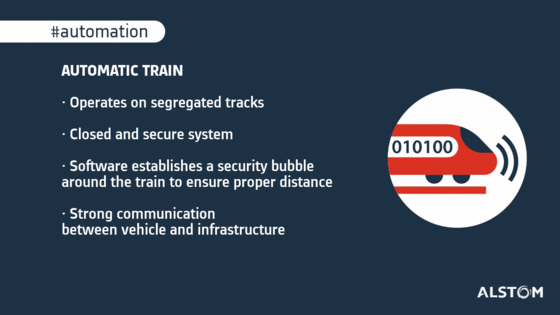
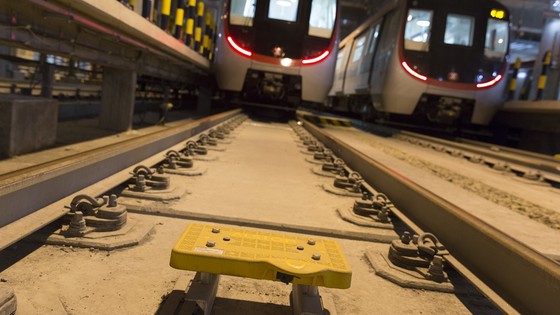
Why is automating mainlines challenging?
It’s a challenge because mainline is what we call an open environment. Unlike metros, mainline trains have to work with other vehicles. They have to know how to deal with areas where the tracks cross a street with cars and since they go further and faster, they need to know when to accelerate and brake and how much.
They also have to know how to work with other vehicles, which means they need to have eyes and ears and the ability to communicate with each other.
Are there any other advantages to autonomous trains?
Yes, definitely. First, they are more efficient because computers take the variables out of the equation. Take car racing for example, why is car racing a sport? All the cars have to go the same distance, they all have the same amount of gas and they all pretty much go the same speed. But what makes it interesting is how the drivers drive. Some accelerate more, others brake earlier, some drive in a way that uses more gas. Everyone drives a bit different, its what makes racing fun. But that difference is no fun when you are trying to get somewhere. If you’ve ever been in a traffic jam, you already understand.
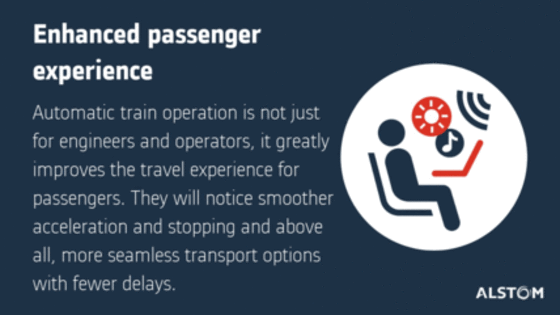
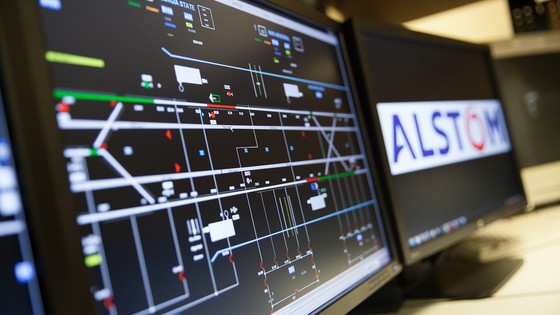
Computers driving trains
When a computer drives the train, it’s predictable. We know how fast it’s going to go and how long it’s going to take to stop because we told it exactly what we wanted. Since we know how it’s going to operate, we can predict and optimise its operation. There is no more guessing, there is no more ‘personality’. What this means is, fewer delays, more trains, and shorter trips. Basically, Automatic Train Operation puts time back into your life.
Train automation is also better for the environment
The computer systems that manage everything are more ‘frugal’, they eliminate waste. No wasted energy from driving too fast. No wasted energy because the driver waited just a bit too long to brake. In addition, this frugality is much easier on the trains and the track. Trains last longer and tracks don’t need to be repaired as much. Maintaining tracks and trains is expensive, so it saves money too.
